
The Majestic Wilderness of Gros Morne National Park
Explore the awe-inspiring landscapes and rich biodiversity of Gros Morne National Park, a UNESCO World Heritage Site on Newfoundland's west coast.
Gros Morne National Park, located on the west coast of Newfoundland, is a UNESCO World Heritage Site known for its stunning natural beauty. The park covers 1,805 square kilometers and offers a diverse range of landscapes, including towering cliffs, fjords, and pristine freshwater lakes. Visitors can explore the ancient Long Range Mountains, which are part of the Appalachian chain and offer breathtaking views of the surrounding area. The park is a haven for outdoor enthusiasts, with numerous hiking trails catering to all skill levels. One of the most popular hikes is the Gros Morne Mountain Trail, which takes you to the summit of the park's highest peak. For a more leisurely experience, the Western Brook Pond boat tour provides an unforgettable journey through a landlocked fjord, surrounded by dramatic cliffs and waterfalls. Wildlife is abundant in Gros Morne National Park, with opportunities to see moose, caribou, and a variety of bird species. The park's unique geology and rich biodiversity make it a fascinating destination for nature lovers and geology enthusiasts alike. Don't miss the chance to visit the Discovery Centre, where you can learn more about the park's natural and cultural history.
Local tips in Gros Morne National Park
- Visit in the summer or early fall for the best weather and hiking conditions.
- Bring insect repellent, especially in June and July when mosquitoes and blackflies are most active.
- Wear sturdy hiking boots for the Gros Morne Mountain Trail and other rugged hikes.
- Book the Western Brook Pond boat tour in advance, as it is very popular.
- Stop by the Discovery Centre for maps, information, and exhibits on the park's geology and wildlife.
The Majestic Wilderness of Gros Morne National Park
Gros Morne National Park, located on the west coast of Newfoundland, is a UNESCO World Heritage Site known for its stunning natural beauty. The park covers 1,805 square kilometers and offers a diverse range of landscapes, including towering cliffs, fjords, and pristine freshwater lakes. Visitors can explore the ancient Long Range Mountains, which are part of the Appalachian chain and offer breathtaking views of the surrounding area. The park is a haven for outdoor enthusiasts, with numerous hiking trails catering to all skill levels. One of the most popular hikes is the Gros Morne Mountain Trail, which takes you to the summit of the park's highest peak. For a more leisurely experience, the Western Brook Pond boat tour provides an unforgettable journey through a landlocked fjord, surrounded by dramatic cliffs and waterfalls. Wildlife is abundant in Gros Morne National Park, with opportunities to see moose, caribou, and a variety of bird species. The park's unique geology and rich biodiversity make it a fascinating destination for nature lovers and geology enthusiasts alike. Don't miss the chance to visit the Discovery Centre, where you can learn more about the park's natural and cultural history.
When is the best time to go to Gros Morne National Park?
Iconic landmarks you can’t miss
Gros Morne National Park Of Canada
Explore the breathtaking landscapes and rich history of Gros Morne National Park, a UNESCO World Heritage Site in Newfoundland and Labrador, Canada.
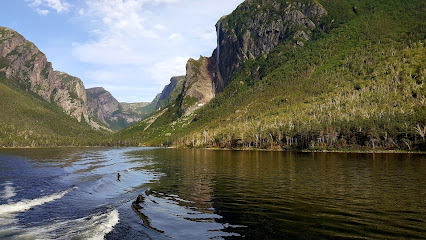
Lobster Cove Head Lighthouse
Explore the historic Lobster Cove Head Lighthouse, a stunning maritime landmark in Gros Morne National Park with breathtaking views and rich cultural heritage.
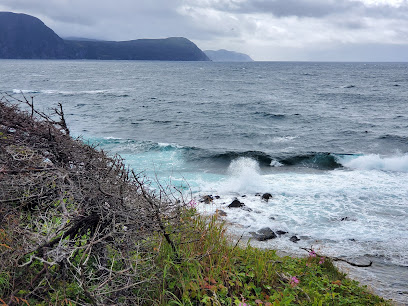
Tablelands Trail
Discover the stunning Tablelands Trail in Gros Morne National Park, a hiking adventure through unique geological wonders and breathtaking landscapes.
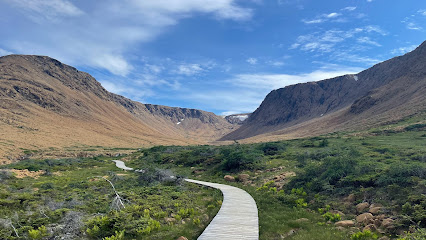
Discovery Centre
Discover the breathtaking beauty and rich heritage of Gros Morne National Park at the Discovery Centre, your gateway to unforgettable adventures.
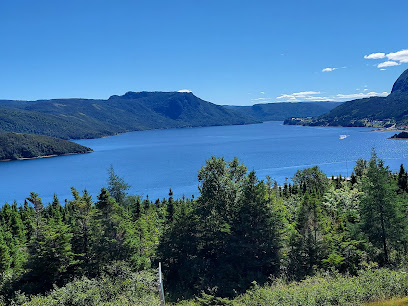
Captain James Cook National Historic Site
Discover the rich maritime history at Captain James Cook National Historic Site in Corner Brook, Newfoundland, a tribute to one of history's greatest explorers.
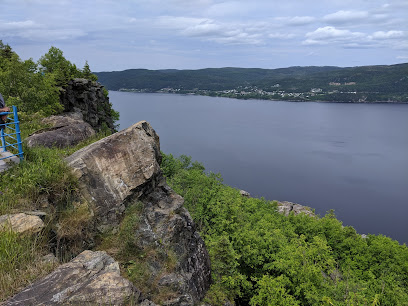
Gros Morne Mountain Hiking Trail
Discover the breathtaking beauty of Gros Morne Mountain Hiking Trail, where nature meets adventure in Newfoundland and Labrador.
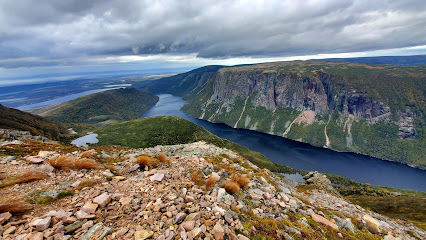
Port au Choix National Historic Site
Explore the rich cultural heritage and stunning landscapes of Port au Choix National Historic Site in Newfoundland and Labrador.
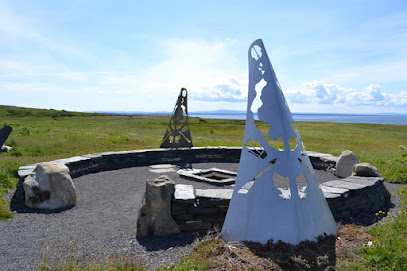
Gros Morne Adventures
Experience the breathtaking beauty of Gros Morne National Park with Gros Morne Adventures - your ultimate adventure sports destination in Newfoundland.
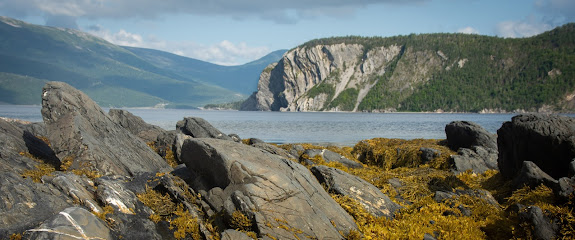
Jenniex House
Discover the rich history and cultural heritage of Newfoundland at Jenniex House, a captivating museum in Norris Point, surrounded by stunning natural beauty.
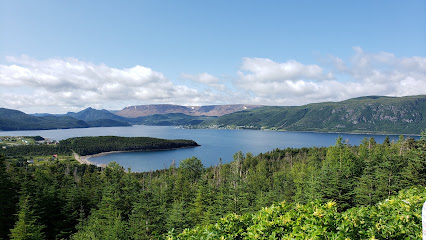
Gros Morne National Park - Green Point campground
Experience the natural beauty of Gros Morne National Park at Green Point Campground, a perfect retreat for camping and hiking enthusiasts.
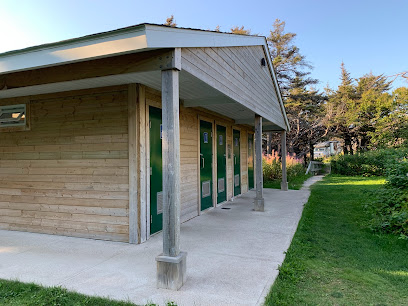
Green Gardens Trail
Explore the picturesque Green Gardens Trail in Gros Morne National Park, where stunning coastal views and diverse ecosystems await every adventurer.

Torngat Mountains National Park
Experience the breathtaking beauty and rich culture of Torngat Mountains National Park in Newfoundland and Labrador, a true hidden gem of Canada.
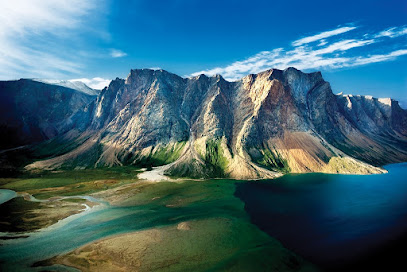
Point Amour, Provincial Historic Site, Newfoundland and Labrador
Explore Point Amour, the largest lighthouse in Atlantic Canada, where history meets stunning coastal views in Newfoundland and Labrador.
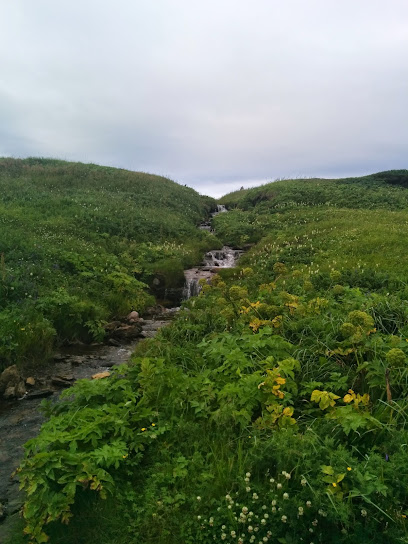
Sir Richard Squires Memorial Provincial Park
Discover the serene landscapes and rich history of Sir Richard Squires Memorial Provincial Park in beautiful Newfoundland and Labrador.
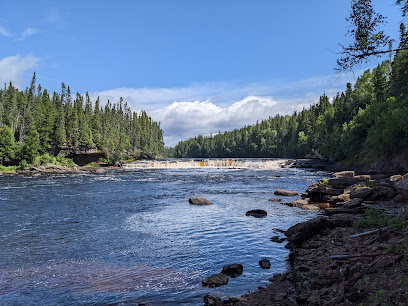
Gros Morne National Park - Lomond Campground
Discover the breathtaking beauty of Gros Morne National Park at Lomond Campground, a perfect retreat for nature lovers and adventure seekers alike.
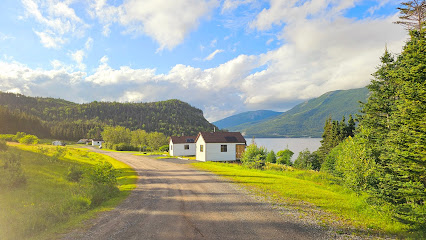
Unmissable attractions to see
Gros Morne National Park Of Canada
Explore Gros Morne National Park, a UNESCO World Heritage site in Newfoundland and Labrador, featuring majestic mountains, stunning fjords, and rich biodiversity.
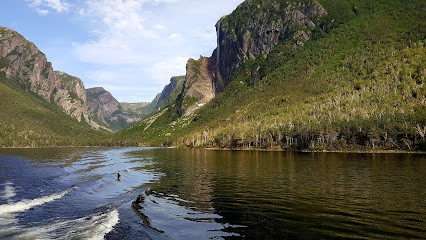
Terra Nova National Park
Discover the breathtaking landscapes and rich wildlife of Terra Nova National Park, a stunning natural retreat in Newfoundland and Labrador.
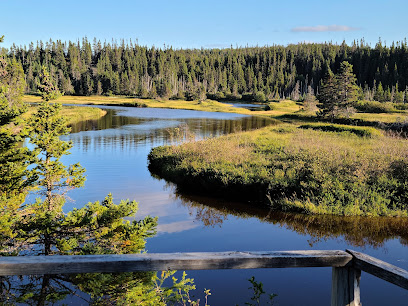
Lobster Cove Head Lighthouse
Explore Lobster Cove Head Lighthouse, a historical gem in Gros Morne National Park, where maritime heritage meets breathtaking natural beauty.
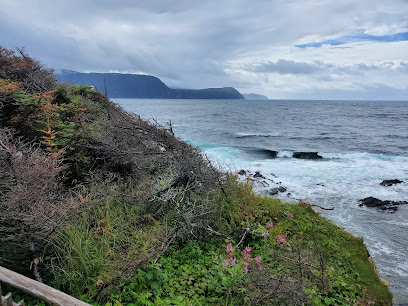
The Arches Provincial Park
Explore the breathtaking beauty of The Arches Provincial Park in Newfoundland and Labrador, where stunning landscapes and unique geological features await.

Tablelands Trail
Discover the stunning Tablelands Trail in Gros Morne National Park, where breathtaking landscapes and unique geological formations await your exploration.
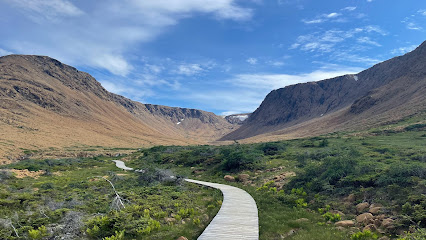
Captain James Cook National Historic Site
Visit the Captain James Cook National Historic Site in Corner Brook to discover the explorer’s legacy amidst stunning views and rich history.
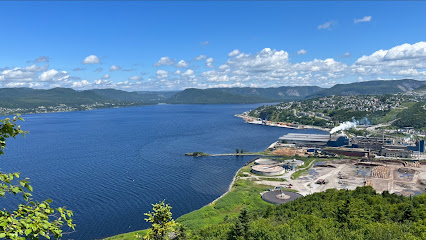
Steady Brook Falls Trail
Experience the breathtaking beauty of Steady Brook Falls Trail, a serene park in Newfoundland and Labrador known for its stunning waterfalls and lush landscapes.
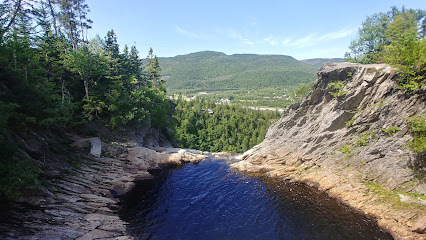
Gros Morne Mountain Hiking Trail
Discover the breathtaking Gros Morne Mountain Hiking Trail in Newfoundland, a challenging hike with stunning views and diverse wildlife.
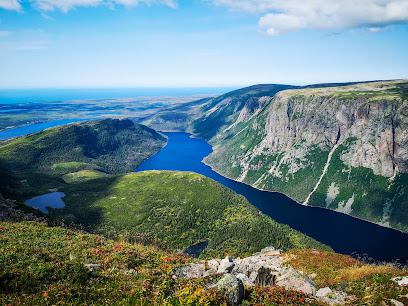
Port au Choix National Historic Site
Explore the rich heritage and stunning nature at Port au Choix National Historic Site, where history meets breathtaking coastal beauty.
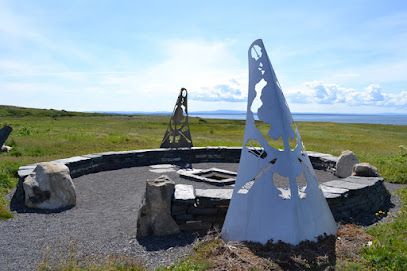
Blow Me Down Provincial Park
Explore the rugged beauty of Blow Me Down Provincial Park, a serene escape in Newfoundland, perfect for hiking, picnicking, and wildlife observation.
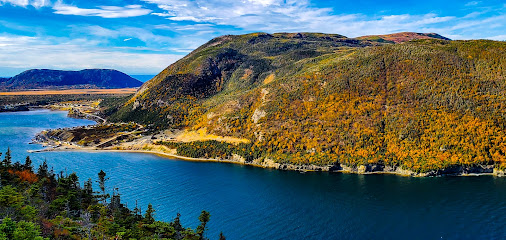
Gros Morne Adventures
Explore the breathtaking landscapes of Gros Morne National Park with Gros Morne Adventures, your premier tour operator for hiking and adventure sports in Newfoundland.
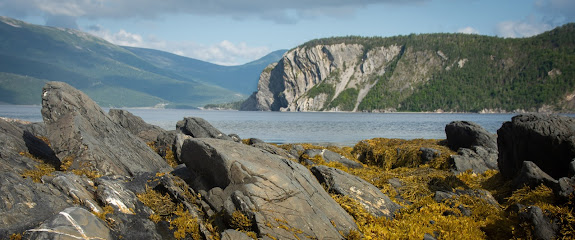
Bottle Cove
Discover the stunning natural beauty and hiking trails of Bottle Cove in Newfoundland and Labrador, where adventure and tranquility await.
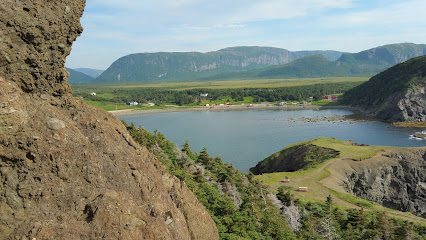
Gros Morne National Park - Green Point campground
Explore the breathtaking landscapes and diverse wildlife at Green Point Campground, the gateway to adventure in Gros Morne National Park.
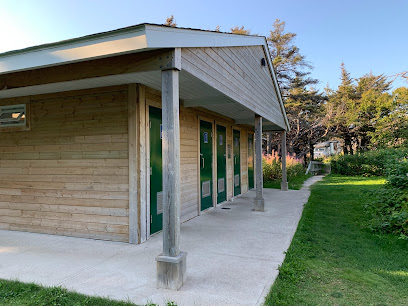
Western Brook Pond
Explore the breathtaking beauty of Western Brook Pond, a glacial wonderland in Newfoundland and Labrador offering stunning views and outdoor adventures.
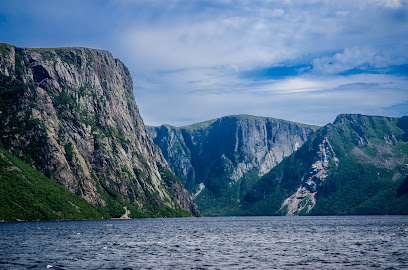
Bonne Bay Marine Station
Explore the rich marine life and ecological wonders of Newfoundland at Bonne Bay Marine Station, a captivating aquarium and research facility.
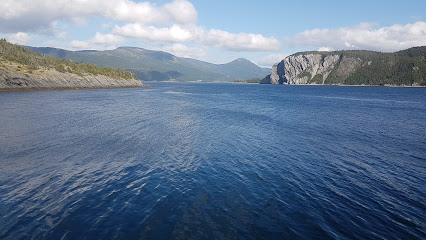
Essential places to dine
Fisherman's Landing Restaurant
Experience the taste of fresh seafood at Fisherman's Landing Restaurant in Rocky Harbour – where every dish celebrates Newfoundland's rich maritime heritage.
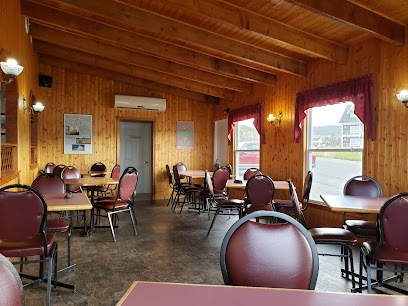
Seaside Restaurant
Experience fresh seafood delights at Seaside Restaurant in Trout River - where coastal charm meets culinary excellence.
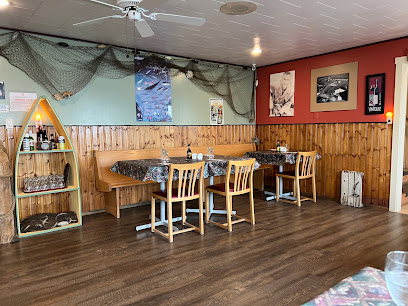
Merchant Warehouse Retro Cafe & Wine Bar
Discover delicious fish and chips at Merchant Warehouse Retro Cafe & Wine Bar in Bonne Bay—where great food meets stunning coastal views.
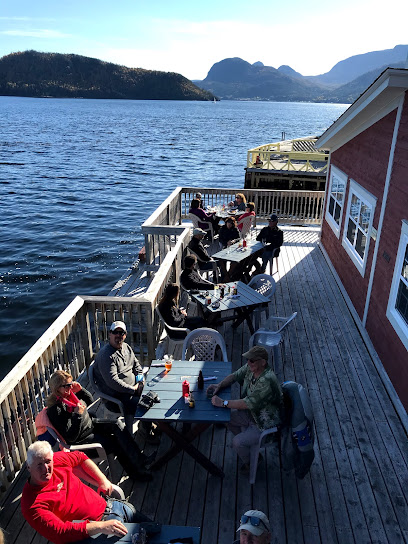
Treasure Box
Experience the best of Newfoundland at Treasure Box: delicious food, local crafts, and a warm atmosphere await you.
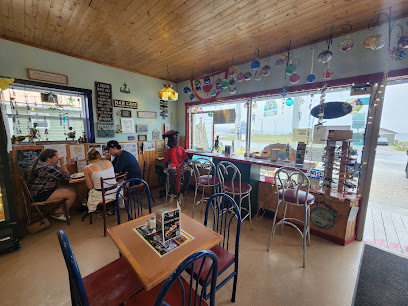
The Old Store Cafe
Discover delicious homemade meals at The Old Store Cafe while exploring the breathtaking landscapes of Gros Morne National Park.
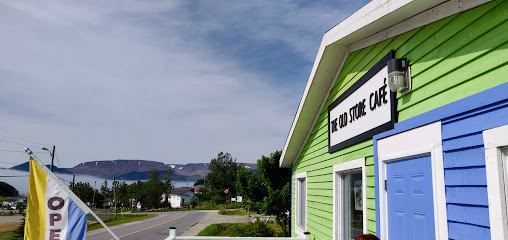
Java Jack's Restaurant & Gallery
Experience exceptional dining at Java Jack's Restaurant & Gallery in Rocky Harbour - where culinary delights meet local artistry.
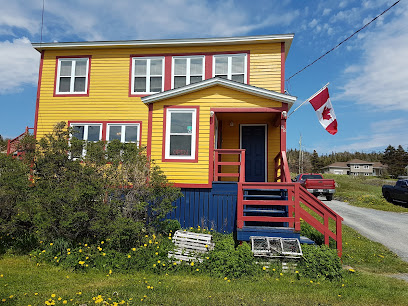
Ocean View Hotel
Experience stunning views and local seafood at Ocean View Hotel in Gros Morne National Park - your gateway to nature's wonders.

Earle's restaurant
Discover Earle's Restaurant in Rocky Harbour: A family-friendly dining spot serving delicious local cuisine with warm Newfoundland hospitality.
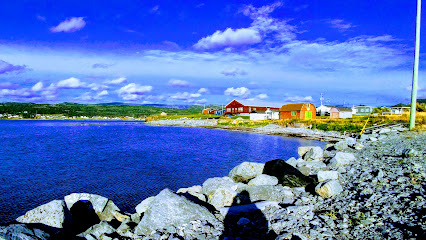
The Old Loft Restaurant
Experience fresh seafood and local flavors at The Old Loft Restaurant in beautiful Bonne Bay, Newfoundland.
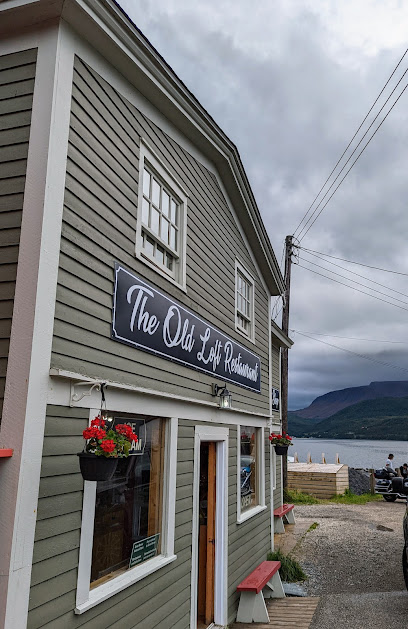
The Cat Stop
Experience the heart of Newfoundland at The Cat Stop – where delicious food meets lively entertainment in Norris Point.
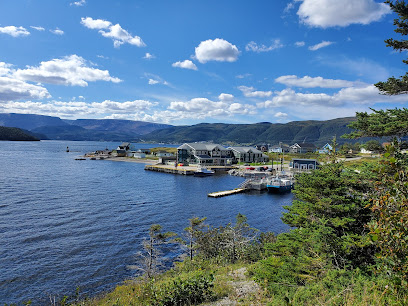
Jackie's Takeout
Experience delightful takeout meals at Jackie's Takeout in Rocky Harbour - where fresh flavors meet local hospitality.
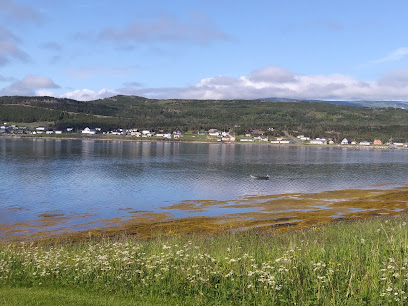
Sunset Cafe
Discover delicious local cuisine at Sunset Cafe in Rocky Harbour - where every meal feels like home.
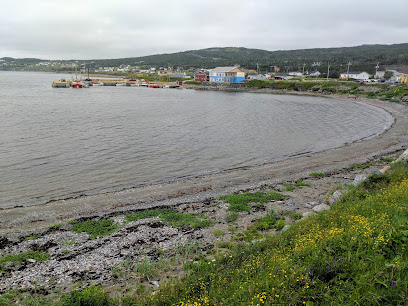
Anchor Pub
Discover Anchor Pub in Rocky Harbour - where delicious local flavors meet breathtaking coastal views in Morne National Park.
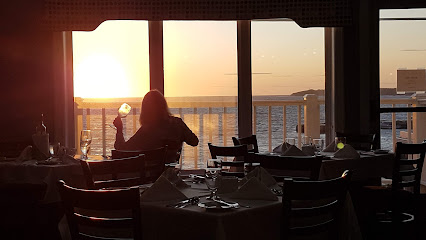
The Black Spruce Restaurant
Experience the flavors of Newfoundland at The Black Spruce Restaurant in Norris Point, surrounded by the breathtaking beauty of Gros Morne National Park.
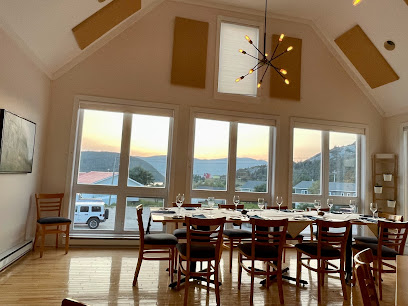
Neddies Harbour Inn
Discover tranquility at Neddies Harbour Inn, your cozy retreat surrounded by Newfoundland's breathtaking landscapes.

Markets, malls and hidden boutiques
Treasure Box
Discover the flavors and crafts of Newfoundland at Treasure Box, Rocky Harbour's charming restaurant and unique craft store.
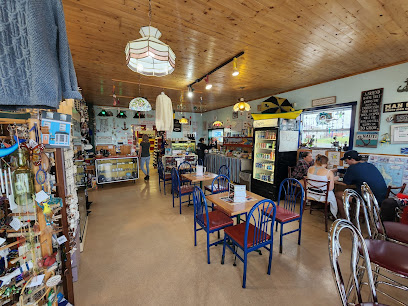
The Old Store Cafe
Discover the cozy charm of The Old Store Cafe in Norris Point, where delightful meals meet the breathtaking landscapes of Gros Morne National Park.
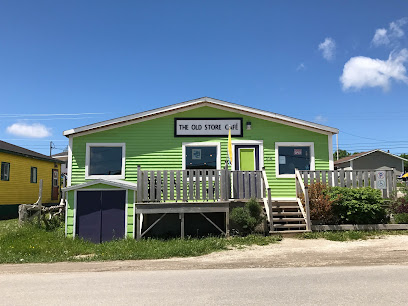
Island Treasures
Explore Island Treasures in Corner Brook for unique gifts and local books that celebrate Newfoundland's rich culture and heritage.
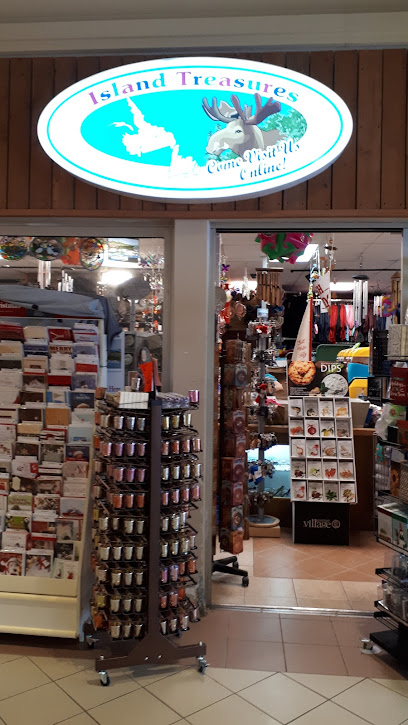
Newfoundland Emporium
Explore Newfoundland Emporium for unique crafts and antiques that reflect the rich culture of Corner Brook, Newfoundland.
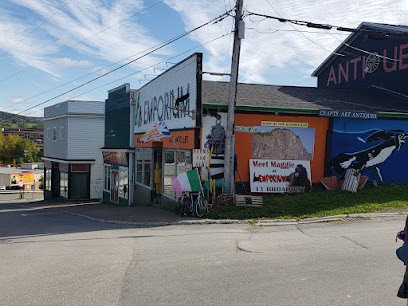
Gros Morne Crafts & Oceanside Cottage
Explore the artistic heart of Newfoundland at Gros Morne Crafts & Oceanside Cottage, where local crafts meet stunning coastal views.
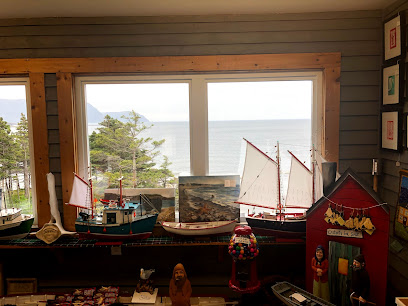
Out East Adventure Centre
Discover the perfect blend of adventure and relaxation at Out East Adventure Centre, your gateway to the natural wonders of Newfoundland.

Gifts Of Joy
Explore Gifts Of Joy in Pasadena, Newfoundland - a charming gift shop offering unique souvenirs and local crafts that capture the essence of the region.
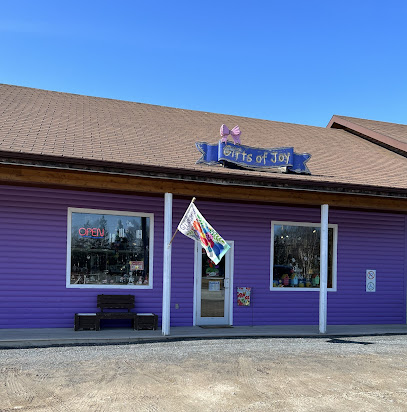
Cards Coins & Collectibles
Explore a unique gift shop in Corner Brook, offering rare coins, collectible cards, and memorabilia that capture the spirit of Newfoundland.
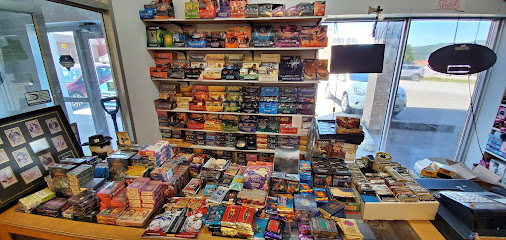
Coyley's General Store
Discover the heart of Rocky Harbour at Coyley's General Store, your one-stop shop for local goods, snacks, and souvenirs in Newfoundland.
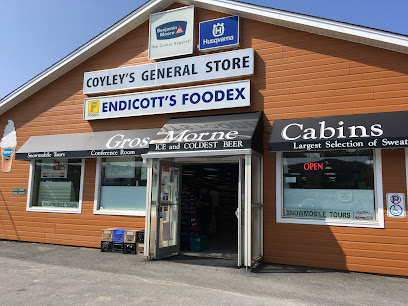
Lookout Hills Trail
Discover the breathtaking beauty of Lookout Hills Trail in Gros Morne National Park, Newfoundland, a hiking paradise for nature enthusiasts and adventure seekers.
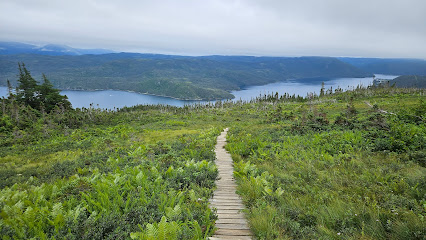
The Glass Station
Discover the enchanting world of glass art and handmade sweets at The Glass Station in Rocky Harbour, a true gem of Newfoundland and Labrador.
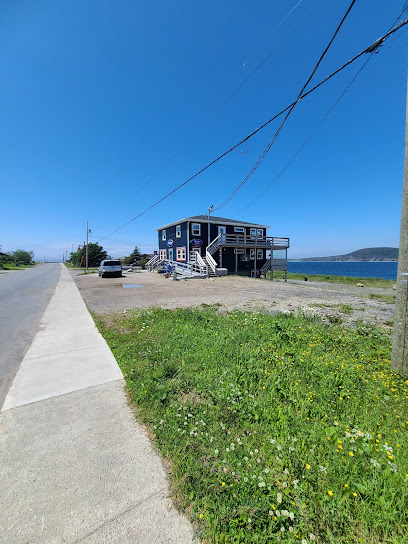
C&J Rumbolt Ltd
Explore the flavors of Newfoundland at C&J Rumbolt Ltd, your friendly supermarket in Norris Point, offering local goods and essentials for every traveler.
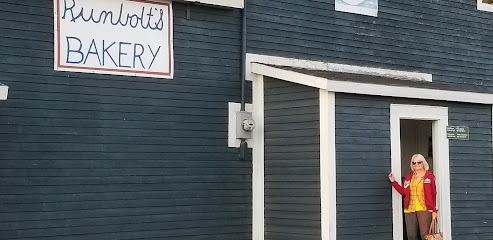
Valley Crafts
Explore local craftsmanship at Valley Crafts, a hidden gem in Deer Lake, Newfoundland offering unique handmade treasures and artisan products.
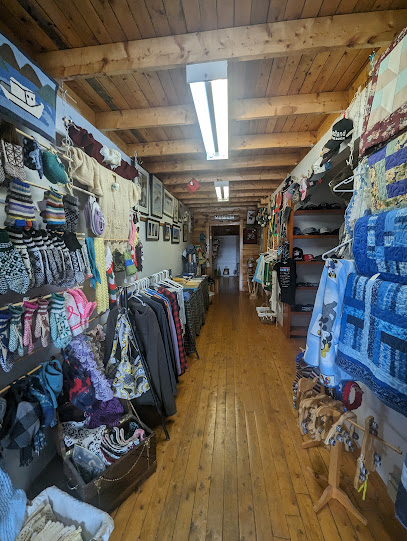
Fishing Point Emporium
Explore Fishing Point Emporium in St. Anthony, the ultimate destination for unique souvenirs and local crafts reflecting Newfoundland's rich heritage.
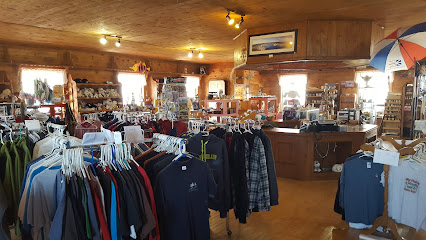
Explore Gros Morne
Explore Gros Morne, a UNESCO World Heritage Site, where stunning landscapes and outdoor adventures await every traveler.
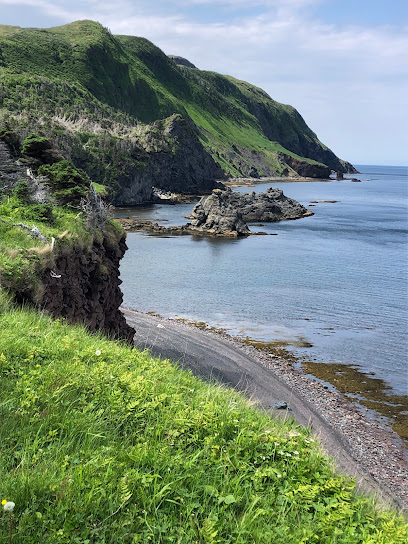
Essential bars & hidden hideouts
Parc national de la Pointe-Taillon
Explore the breathtaking landscapes and outdoor adventures at Parc national de la Pointe-Taillon, a gem in Quebec's natural paradise.
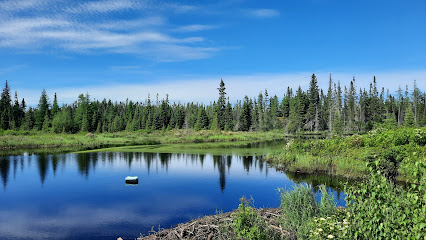
Christian's Pub
Experience the vibrant nightlife at Christian's Pub in St. John's, where local flavors meet lively ambiance and unforgettable memories.
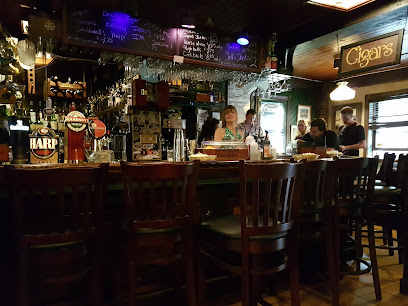
Fisherman's Landing Restaurant
Discover the flavorful seafood cuisine at Fisherman's Landing Restaurant, where local ingredients meet breathtaking views in Rocky Harbour.

Merchant Warehouse Retro Cafe & Wine Bar
Discover the Merchant Warehouse Retro Cafe & Wine Bar in Bonne Bay for a delightful blend of fresh fish & chips and a vibrant wine selection.
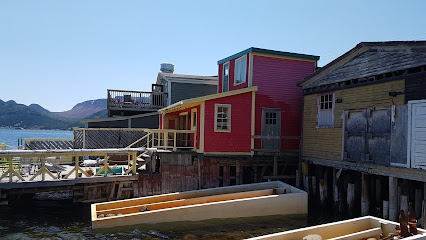
Treasure Box
Experience the perfect blend of delicious dining and unique crafts at Treasure Box, Rocky Harbour's go-to spot for tourists.
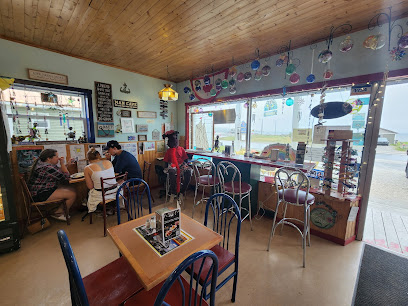
The Old Store Cafe
Discover the delightful flavors of The Old Store Cafe in Norris Point, where local ingredients meet a cozy atmosphere for a memorable dining experience.
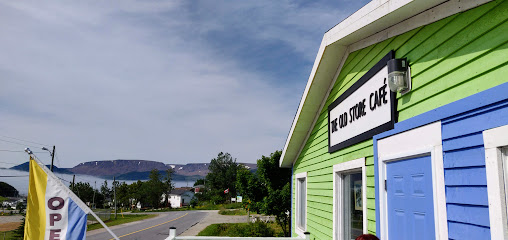
Ocean View Hotel
Discover comfort and stunning views at Ocean View Hotel, your perfect getaway in Gros Morne National Park, Newfoundland and Labrador.

Earle's restaurant
Discover the charm of Earle's Restaurant in Rocky Harbour, where delicious local cuisine meets family-friendly hospitality.

Sugar Hill Inn
Discover the enchanting Sugar Hill Inn, a perfect blend of comfort, fine dining, and stunning mountain views in New Hampshire.
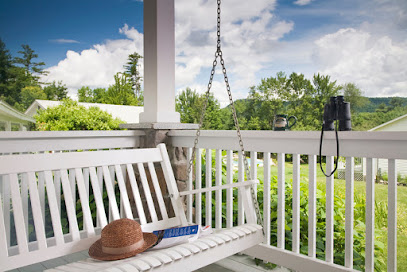
Anchor Pub
Discover the heart of Newfoundland hospitality at Anchor Pub, where local cuisine and craft beers meet stunning natural beauty.
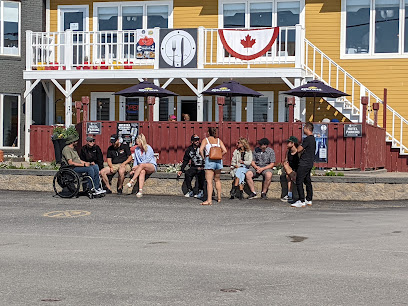
The Black Spruce Restaurant
Experience the flavors of Newfoundland at The Black Spruce Restaurant, where local ingredients and stunning views create an unforgettable dining experience.
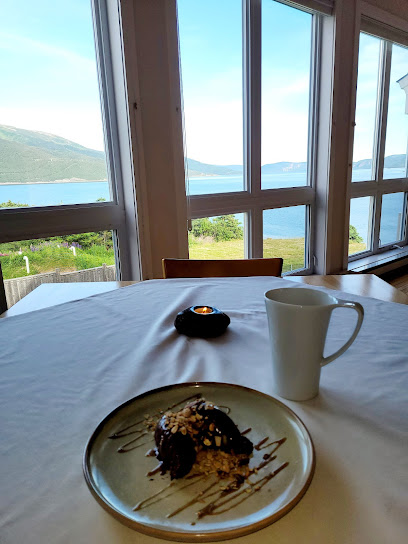
Bonne Bay Inn
Experience the perfect blend of fine dining, cozy accommodations, and breathtaking views at Bonne Bay Inn in Newfoundland and Labrador.
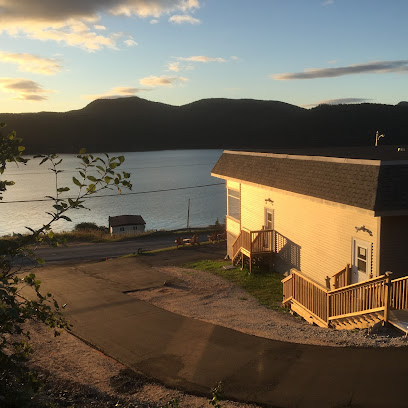
Buoy & Arrow Restaurant and Suites
Experience the flavors of Newfoundland at Buoy & Arrow, where delicious cuisine meets comfortable accommodations in Rocky Harbour.
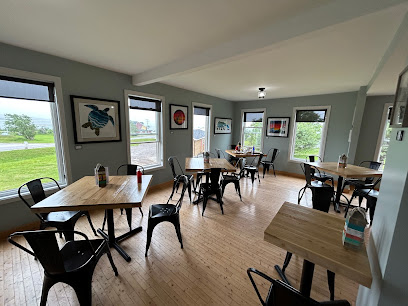
Rudy's Gas Bar and Pub
Experience the warmth of Newfoundland hospitality at Rudy's Gas Bar and Pub, where local flavors and friendly faces come together.

Sugar Hill Inn & Chanterelles Restaurant
Discover gourmet dining and cozy accommodations at Sugar Hill Inn & Chanterelles Restaurant, a picturesque gem in Norris Point, Newfoundland.
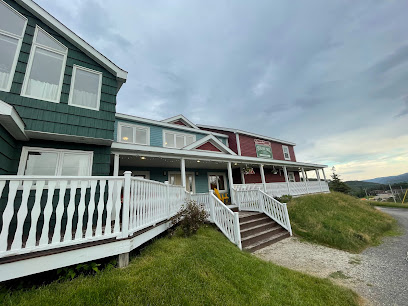
Local Phrases about Gros Morne National Park
-
- HelloBonjour
[bon-zhoor] - GoodbyeAu revoir
[oh ruh-vwah] - YesOui
[wee] - NoNon
[noh] - Please/You're welcomeS'il vous plaît/De rien
[seel voo pleh/dee ryen] - Thank youMerci
[mehr-see] - Excuse me/SorryExcusez-moi/Désolé
[ex-kew-zay mwah/day-zoh-lay] - How are you?Comment ça va?
[koh-moh sah vah] - Fine. And you?Bien. Et vous?
[byen. ay voo] - Do you speak English?Parlez-vous anglais?
[par-lay voo ahn-glay] - I don't understandJe ne comprends pas
[zhuh nuh kohm-prahn pah]
- HelloBonjour
-
- I'd like to see the menu, pleaseJe voudrais voir la carte, s'il vous plaît
[zhuh voo-dray vwahr lah kart, seel voo pleh] - I don't eat meatJe ne mange pas de viande
[zhuh nuh mahnj pah duh vyand] - Cheers!Santé!
[sahn-tay] - I would like to pay, pleaseJe voudrais payer, s'il vous plaît
[zhuh voo-dray pay-ay, seel voo pleh]
- I'd like to see the menu, pleaseJe voudrais voir la carte, s'il vous plaît
-
- Help!Au secours!
[oh suh-koor] - Go away!Allez-vous en!
[al-lay vooz ahn] - Call the Police!Appelez la police!
[ah-puh-lay lah poh-lees] - Call a doctor!Appelez un médecin!
[ah-puh-lay uh may-duh-sahn] - I'm lostJe suis perdu
[zhuh swee pair-doo] - I'm illJe suis malade
[zhuh swee mah-lahd]
- Help!Au secours!
-
- I'd like to buy...Je voudrais acheter...
[zhuh voo-dray ah-shet-ay] - I'm just lookingJe regarde juste
[zhuh ruh-gard zhewst] - How much is it?Combien ça coûte?
[kohm-byen sah koot] - That's too expensiveC'est trop cher
[say troh shair] - Can you lower the price?Pouvez-vous baisser le prix?
[poo-vey voo bay-say luh pree]
- I'd like to buy...Je voudrais acheter...
-
- What time is it?Quelle heure est-il?
[kell uhr eh-teel] - It's one o'clockIl est une heure
[eel eh oon uhr] - Half past (10)Dix et demie
[dees ay duh-mee] - MorningMatin
[mah-tan] - AfternoonAprès-midi
[ah-pray mee-dee] - EveningSoir
[swahr] - YesterdayHier
[ee-yehr] - TodayAujourd'hui
[oh-zhoor-dwee] - TomorrowDemain
[duh-mahn] - 1Un
[uhn] - 2Deux
[duh] - 3Trois
[twah] - 4Quatre
[katruh] - 5Cinq
[sank] - 6Six
[sees] - 7Sept
[sett] - 8Huit
[weet] - 9Neuf
[nuf] - 10Dix
[dees]
- What time is it?Quelle heure est-il?
-
- Where's a/the...?Où est...?
[oo eh] - What's the address?Quelle est l'adresse?
[kell eh la-dress] - Can you show me (on the map)?Pouvez-vous me montrer (sur la carte)?
[poo-vey voo muh mohn-tray (soor lah kart)] - When's the next (bus)?Quand est le prochain (bus)?
[kahn eh luh proh-shahn (boos)] - A ticket (to ....)Un billet (pour ...)
[uhn bee-yay (poor)]
- Where's a/the...?Où est...?
History of Gros Morne National Park
-
Gros Morne National Park, located in Newfoundland and Labrador, is renowned for its unique geological features. The park is a UNESCO World Heritage site, designated for its exceptional examples of plate tectonics and the geological history of the Earth. The Tablelands, a key feature of the park, are a rare exposure of the Earth's mantle, thrust to the surface through tectonic activity. This phenomenon provides scientists and visitors alike with a window into the Earth's interior, offering invaluable insights into the processes that shaped our planet.
-
Long before European explorers arrived, the area now known as Gros Morne National Park was home to the Indigenous peoples of the Mi'kmaq and Beothuk tribes. These communities thrived on the land, relying on its rich natural resources for sustenance. Archaeological sites within the park reveal evidence of their long-standing presence, including tools, pottery, and remnants of ancient settlements. The Mi'kmaq people continue to have a strong connection to the land, preserving and sharing their cultural heritage with visitors.
-
European contact with the region began in the early 16th century when explorers such as John Cabot and Jacques Cartier navigated the waters off Newfoundland. The promise of abundant fish stocks drew fishermen from England, France, and Spain to the area. By the late 18th century, European settlers established permanent communities along the coast, engaging in fishing, logging, and small-scale farming. The rugged landscape and harsh climate posed significant challenges, but the settlers persevered, leaving a lasting impact on the cultural fabric of the region.
-
The idea to establish Gros Morne National Park was first proposed in the early 20th century as part of a broader initiative to protect Canada's natural landscapes. Officially designated as a national park in 1973, Gros Morne was created to preserve its unique geological features, diverse ecosystems, and cultural heritage. The park's name, Gros Morne, is French for 'large mountain standing alone,' aptly describing the towering peak that dominates the landscape. Today, the park covers an area of over 1,800 square kilometers, attracting visitors from around the world.
-
In 1987, Gros Morne National Park was designated as a UNESCO World Heritage site, recognizing its outstanding universal value. The designation highlights the park's geological significance, particularly the Tablelands and the coastal lowlands, which provide exceptional examples of the Earth's geological history. This prestigious status has helped elevate the park's profile on the global stage, attracting researchers, geologists, and tourists eager to explore its unique landscapes and learn about its rich history.
Gros Morne National Park Essentials
-
Gros Morne National Park is located on the west coast of Newfoundland, Canada. The nearest major airport is Deer Lake Regional Airport (YDF), approximately 30 kilometers away. From the airport, you can rent a car or take a shuttle service to the park. There are also ferry services available from the mainland to Newfoundland, with the closest terminal being in Port aux Basques, about 200 kilometers from the park.
-
The best way to get around Gros Morne National Park is by car, as public transportation options are limited. Car rentals are available at Deer Lake Regional Airport. Within the park, there are plenty of parking areas at major trailheads and attractions. Cycling is also an option for the more adventurous, and some areas can be explored on foot.
-
The official currency in Canada is the Canadian Dollar (CAD). Most establishments in and around Gros Morne National Park accept credit and debit cards. However, it is advisable to carry some cash, particularly for smaller businesses and more remote areas where card payments might not be available. ATMs can be found in nearby towns such as Rocky Harbour and Norris Point.
-
Gros Morne National Park is generally very safe for tourists. There are no specific high-crime areas targeting tourists. However, it is always wise to take standard precautions such as keeping an eye on your belongings and not leaving valuables in your car. Be aware of wildlife, especially moose, which are common in the area and can be dangerous if provoked.
-
In case of emergency, dial 911 for immediate assistance. There are medical facilities in nearby towns such as Rocky Harbour. It is recommended to have travel insurance that covers medical emergencies. Park rangers are also available to assist with any issues or emergencies within the park. For minor health issues, there are pharmacies in the surrounding towns.
-
Fashion: Do wear comfortable and weather-appropriate clothing, as the weather can change rapidly. Layers are advisable. Religion: There are no specific religious customs to be aware of, but it is always respectful to be mindful of local practices. Public Transport: Public transport is limited, so plan accordingly. If using local taxis, be sure to agree on the fare beforehand. Greetings: Do greet people with a friendly hello or a nod. Locals are generally very friendly and welcoming. Eating & Drinking: Do try local seafood, which is a specialty in the region. Don’t litter in the park; always carry your trash with you.
-
To experience Gros Morne National Park like a local, consider visiting outside of the peak tourist season in July and August. This will allow you to enjoy the park with fewer crowds. Engage with park rangers and local guides, as they can provide valuable insights and recommendations. Don’t miss the chance to take a boat tour of Western Brook Pond, a stunning fjord that is one of the park’s highlights. Lastly, take some time to explore the local culture, including traditional Newfoundland music and cuisine.
Trending Landmarks in Gros Morne National Park
-
Gros Morne National Park Of Canada
-
Lobster Cove Head Lighthouse
-
Tablelands Trail
-
Discovery Centre
-
Captain James Cook National Historic Site
-
Gros Morne Mountain Hiking Trail
-
Port au Choix National Historic Site
-
Gros Morne Adventures
-
Jenniex House
-
Gros Morne National Park - Green Point campground
-
Green Gardens Trail
-
Torngat Mountains National Park
-
Point Amour, Provincial Historic Site, Newfoundland and Labrador
-
Sir Richard Squires Memorial Provincial Park
-
Gros Morne National Park - Lomond Campground
Nearby Cities to Gros Morne National Park
-
Things To Do in Langlade
-
Things To Do in Saint-Pierre Ferry Terminal
-
Things To Do in Saint-Pierre Airport
-
Things To Do in Charlottetown
-
Things To Do in Bar Harbor
-
Things To Do in Bangor
-
Things To Do in Acadia National Park
-
Things To Do in Quebec City
-
Things To Do in Camden
-
Things To Do in Rockland
-
Things To Do in Waterville
-
Things To Do in Augusta
-
Things To Do in Halifax
-
Things To Do in Brunswick
-
Things To Do in Lewiston









